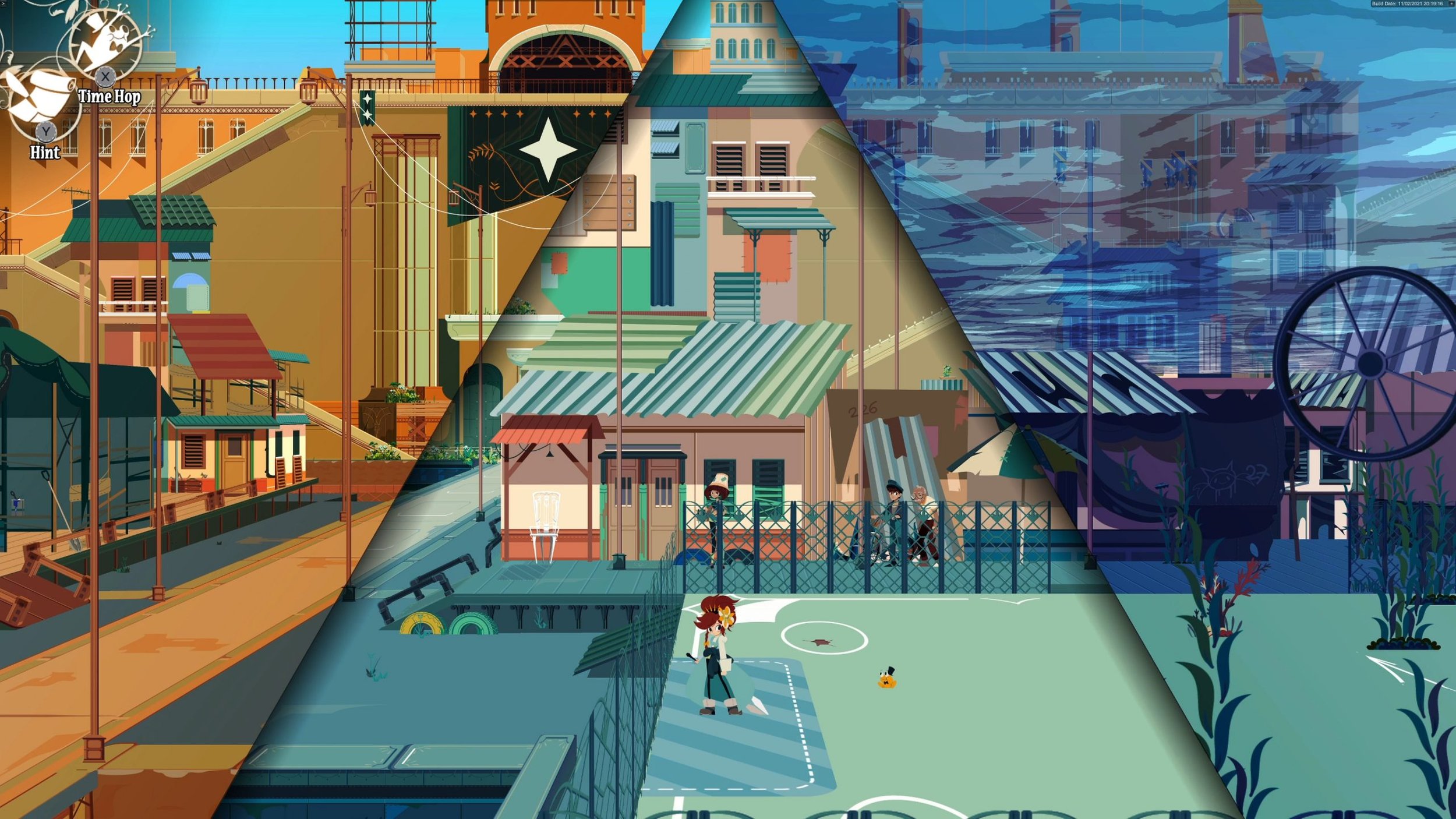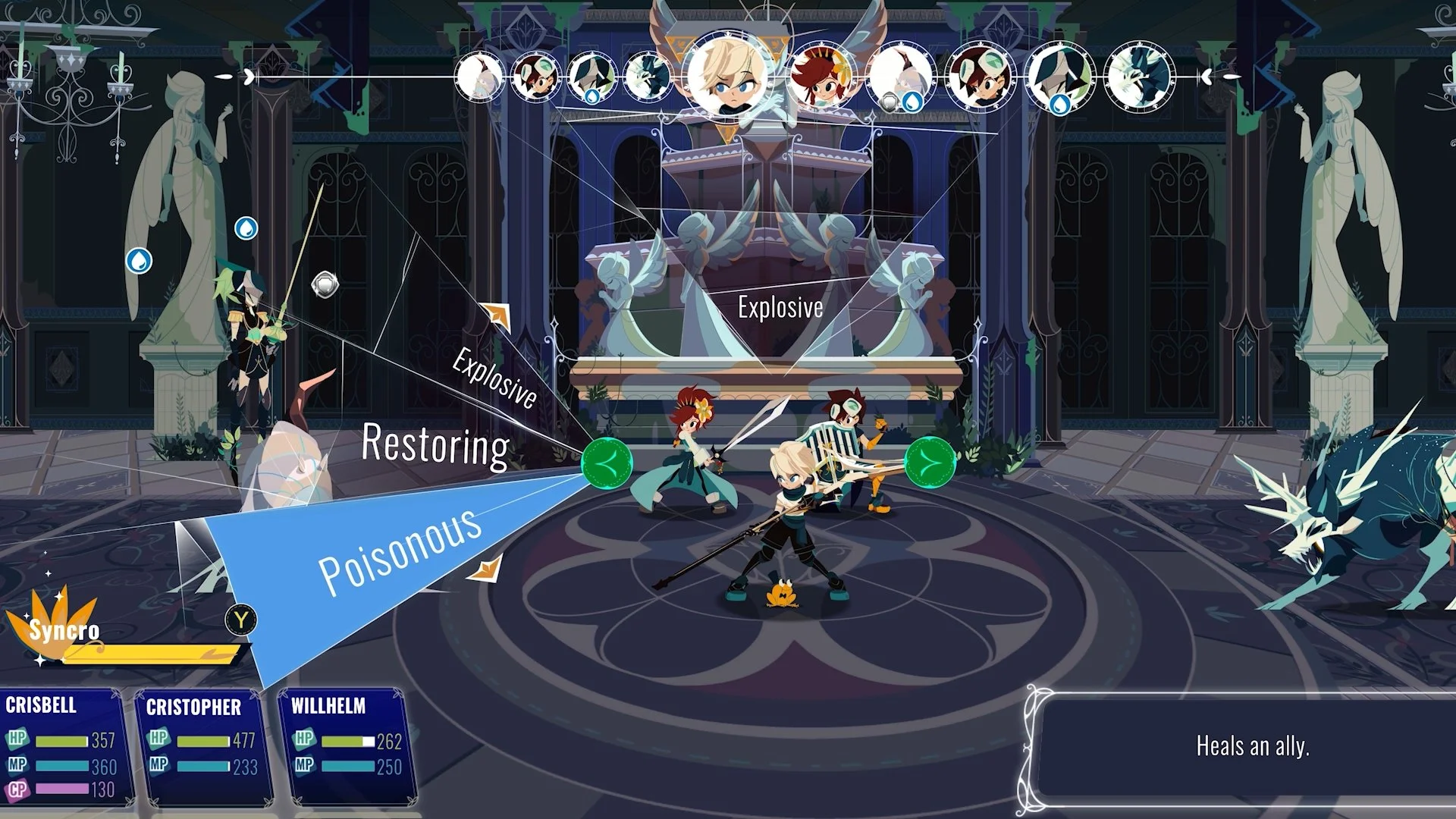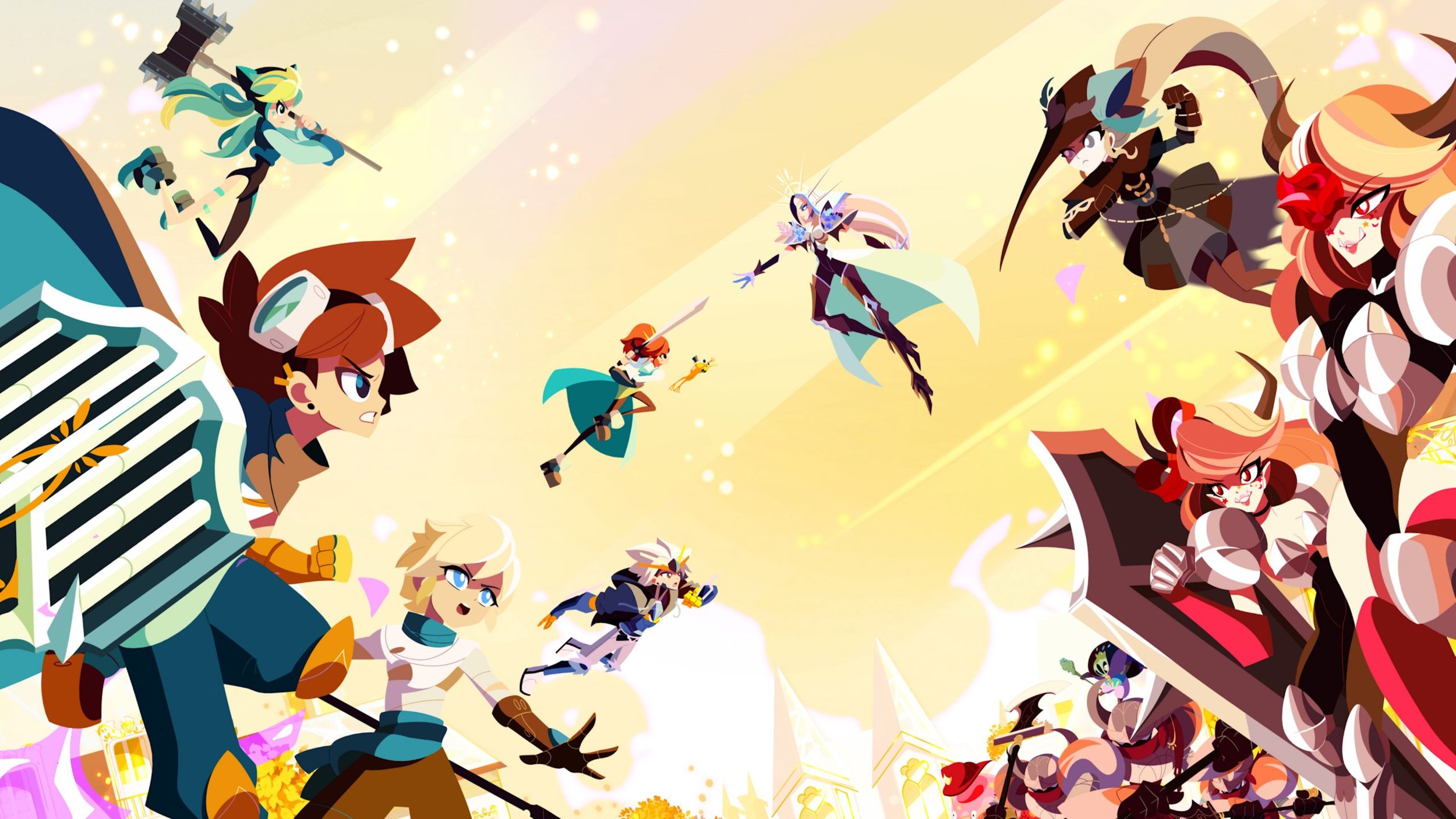Will the Future be Turn-Based? Cris Tales and the JRPG
Blake Reno, Contributing Editor
There is a crisis in the JRPG: a lack of innovation. Turn-based combat has stagnated. We see this in the Final Fantasy series moving away from turn-based combat since Final Fantasy X-2 (2003). One could argue that the Final Fantasy series was never supposed to be turn-based, but the technology was never quite there to create the sort of combat that the series’ directors had always imagined. So even a franchise whose fanbase has seen 18 years of turn-based combat from the series feels the need to move on in order to “innovate.” That’s not to say that turn-based combat has disappeared: many series (Dragon Quest, Shin Megami Tensei, Persona) retain turn-based combat as integral to their identity. The Yakuza series even went from a brawler to a turn-based RPG. But how much has really been done to keep the turn-based combat that’s the beating heart of the genre lively?
Enter Cris Tales: an “indie love letter to classic RPGs with a new perspective,” as their marketing puts it. The most important part of this “new perspective” is the addition of time manipulation to turn-based combat. While the game doesn’t make the most of this mechanic, Cris Tales brings many new ways to think about turn-based combat.
To explain the mechanic simply, Cris Tales’ battles place the party in the middle of the screen and enemies on both sides. Crisbell (the game’s main character) is able to put the left side of the screen into the past and the right side into the future. All of the game’s enemies and bosses have three forms: past, present, and future. Each of these forms has different stats and abilities. For example: an early wolf enemy has its highest attack rating in its future form, so you would want to rewind any future forms of that enemy. Things get more complicated from there. In some situations, the player has to weigh fighting a present form with less attack that can hit the entire party against fighting a future form with higher attack that only hits one party member. There are also abilities that take several turns to activate, but they can be sped up to occur immediately, if one sends things forward in time.
The fact that the developers of Cris Tales were able to complicate the turn-based battle system that Final Fantasy has abandoned is a remarkable development. As many RPGs only get as complicated as discovering and exploiting the weaknesses of each enemy, Cris Tales opens up new territory for the player to explore in the midst of combat. One of my personal favorite things about gaming is digging into every nook and cranny of the world, and time manipulation mechanic makes combat a type of exploration. Just like how exploring in a dark, off-the-beaten-path corner of a cave might yield a sword stronger than the one you bought in the last town, exploring an enemy’s past and future might yield a means to make your future fights against them easier in much the same way.
At the same time, Cris Tales seems afraid to experiment too much with its time mechanics. I imagine that having enemies change their elemental weaknesses and resistances would add yet another layer to make choices and strategy more thoughtful for the player. But their choice not to make any enemies like that and the remarkably easy difficulty of the game make it seem to me that they were frightened of alienating their contemporary audience who are not necessarily looking for a game as difficult as the first Final Fantasy.
I think it is this fear that many JRPG developers have of reinventing the wheel that is harming the evolution of the genre’s gameplay. Instead of trying to find new ways to think about turn-based combat, Square Enix chose to adapt other genres’ combat systems into the Final Fantasy formula, which I think is a disservice to all RPG fans. As lambasted as Final Fantasy VIII’s “Junction” system was, it at least asked the player to think differently about equipment and combat than any other game in the series (not to mention any other RPG). It’s a shame that Final Fantasy, a series known for its imaginative worlds and stories, chose not to attempt to apply some of that creativity in order to innovate the turn-based system that made the series so popular in the first place.
Cris Tales shows us that there are still ways to spruce up a battle system that’s been around for 35 years. While Cris Tales is not without issues, it’s good to see a game that can add previously unconsidered elements of strategy and give players a reason to think more about the enemies they’re fighting beyond weaknesses and resistances. As I wrote previously about The Wild at Heart, indie developers may dare to do what big studios with established franchises no longer will. Cris Tales has pulled the turn-based combat of the past into the present, adding the dimension of time and multiple enemy forms into combat. While it doesn’t take this new perspective as far as it could, it proves that turn-based combat doesn’t need to be stuck in the past. There are more dimensions for turn-based combat to explore.






